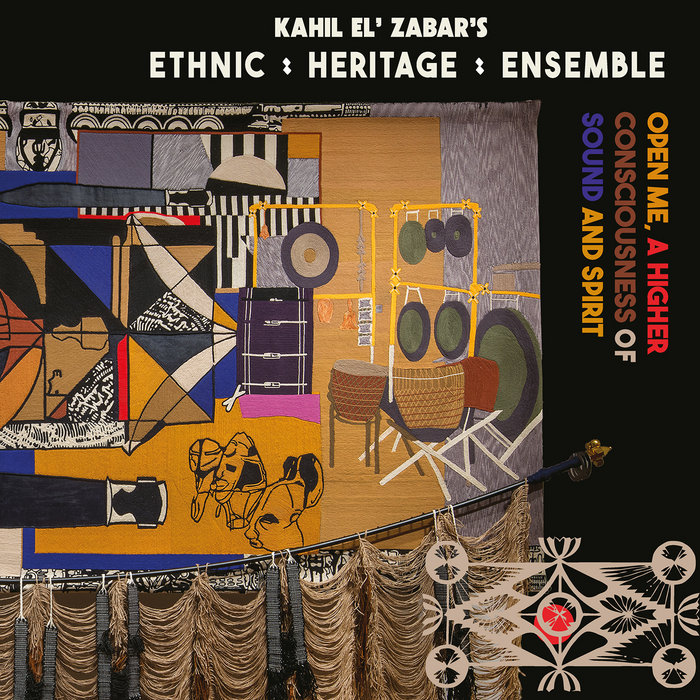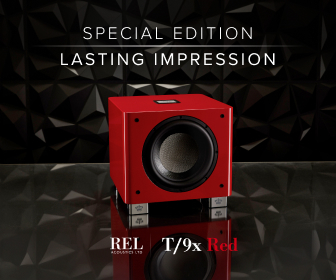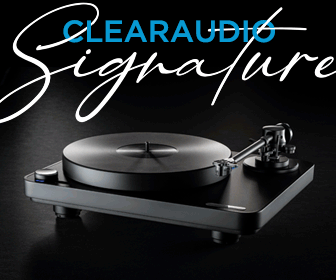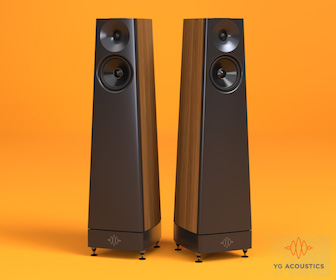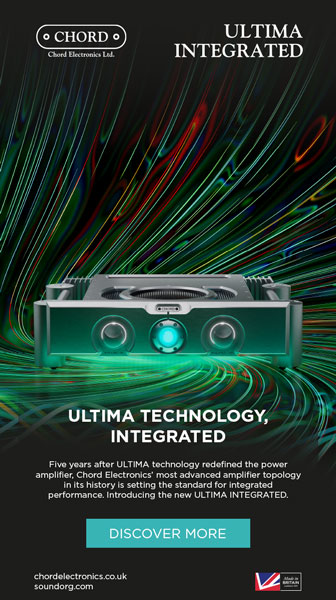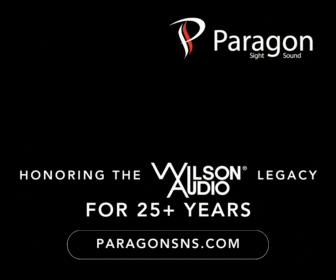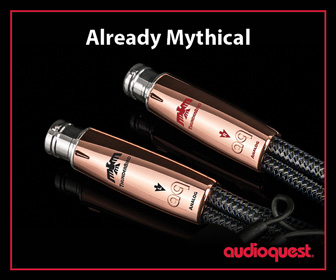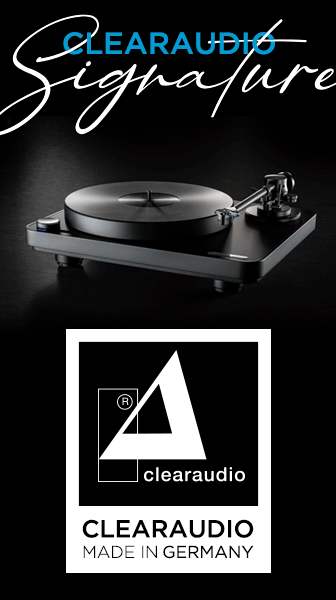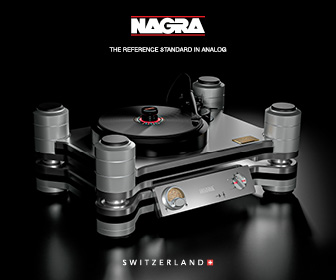A Name to Remember, A Band to Celebrate
Kahil El'Zabar's eye-opening 50th anniversary in jazz
Jazz is to New York as port is to Portugal or coal is to Newcastle, yet there are great musicians who live elsewhere, many of them obscure in the metropole because they live elsewhere, and that’s a shame for us all. Kahil El’Zabar is one of those great musicians, a composer and percussionist who dwells mainly in Chicago, except when he travels through Europe, where he’s better known than he is in New York, even though he and his main band, the Ethnic Heritage Ensemble, have been playing, in various incarnations, for 50 years.
Their latest album, Open Me, A Higher Consciousness of Sound and Spirit (2-LP vinyl on Spiritmuse Records), celebrates the gold anniversary, and it is a delight.
For most of its life, Ethnic Heritage Ensemble has been a trio, a percussion and two horns, sans piano or bass, the pillars of harmony and time for most jazz groups. The new album expands the group to include strings (Ishmael Ali on cello, James Sanders doubling on violin and viola), and the result is an enrichment. (It could have been a muddle; though El’Zabar has played with string players, notably Billy Bang, I don’t think he’s ever composed for them.)
It begins with a very, very cool arrangement of Miles Davis’ “All Blues.” El’Zabar sounding the intro on kalimba (at various points, he also plays ankle bells, shakers, and a conventional trapset, among other percussive instruments), Alex Harding sounding the melody in a quietly yearning tone on baritone sax, Corey Wilkes joining on trumpet. It’s a slowed-down cover, the rhythm lagging, then catching up, then lagging, before settling into a groove. It’s a head-shaker and a wonder.
The album’s following 11 tracks consist mainly of originals, except for a straight-ahead cover of McCoy Tyner’s “Passion Dance,” a soulful spin on “Compared to What” (modeled on the version by Les McCann and Eddie Harris), and an incantatory “He’s Got the Whole World in His Hand.” None of the tracks quite top “All Blues,” a few go on a bit longer than necessary, but they’re all at least diverting, most of them are quietly gripping.
As a young man, in the late 1960s, El’Zabar was the drummer for Donnie Hathaway, pulling down good money, but he was drawn to the experimentalists of AACM, the Association for the Advancement of Creative Music—the Chicago-based collective of avant-garde Black musicians, who included Lester Bowie, Henry Threadgill, Anthony Braxton, and Muhal Richard Abrams, among others—which he joined, as one of its younger members, and never looked back.
Now 70, he has recorded 17 albums with the Ethnic Heritage Ensemble, 14 with the Ritual Trio, another group that he leads, as well as several as a co-leader or sideman with the likes of David Murray, Wadada Leo Smith, Pharoah Sanders, and Hamiet Bluiett.
His music is more accessible than some other AACM fare, perhaps because he is a percussionist, and for the bands that he leads, he is unmistakably the leader, meaning that the beat—whether shuffled, staggered, polyrhythmic or straight—is what stands out and sets not just the pace but the tone and the feel.
There is a spiritual element to all his music (hence the album’s title), though more joyous than solemn, sprouting from lots of rhythmic roots—African, blues, jazz, soul, and pop, all sprinkled with his own distinctive seasoning.
Another allure of this album: the sound quality is amazing. It was recorded and mixed by Dennis Tousana at Soundmine Studios in Chicago, mastered and cut by Frank Merritt at The Carvery in London. I had never heard of any of these people or places (nor had Tracking Angle’s editor-in-chief, Michael Fremer), but they’re all on my watch list now.
The horns, strings, and percussion are eye-blinkingly vivid, spread out across a wide and deep soundstage, tones, overtones, smacks, rumbles, and coaxings clear and vibrant. Soundmine Studios’ website lists the equipment in house, some of it analog gear, so I figured the album must have been recorded in analog—it has the full-blooded, rounded quality that most digital lacks—but Tousana told me, in a phone conversation, that he worked entirely in digital. Just goes to show: the method is often more important than the medium.
He used little to no EQ and only slight compression. El’Zabar, Harding, and Wilkes played in the same room, to maintain eye contact. Overhead mics were a pair of Beyer 160 hyper-cardioids, which have a tight pickup pattern. The sax was covered by a vintage Telefunken U-47, the trumpet by a Sony C-37. Eight microphones surrounded the drumkit, including Josephson E-22s on the tom-toms. Each player had a table of percussion instruments (they all chimed in now and then), covered mainly by AKG-414s. The strings were in an isolation room, to avoid leakage, an AKG-460 on the violin and viola, a -414 on the cello, neither miked too close.
Whatever his mic placement and mixing technique, he did everything right; he served the music superbly. If El’Zabar ever plays live in your town, go see him. If you see an album recorded by Tousana at Soundmine, buy it.




